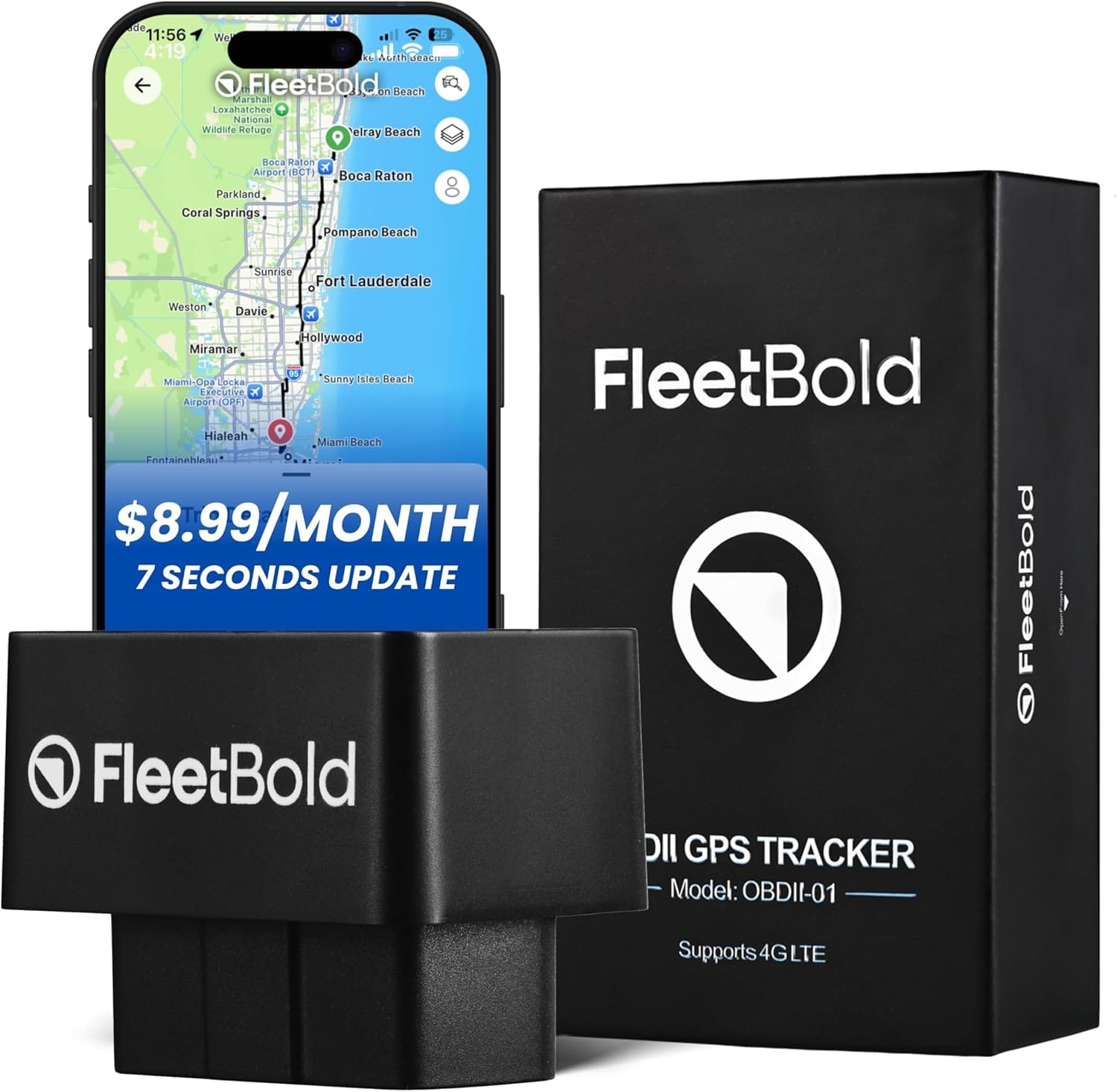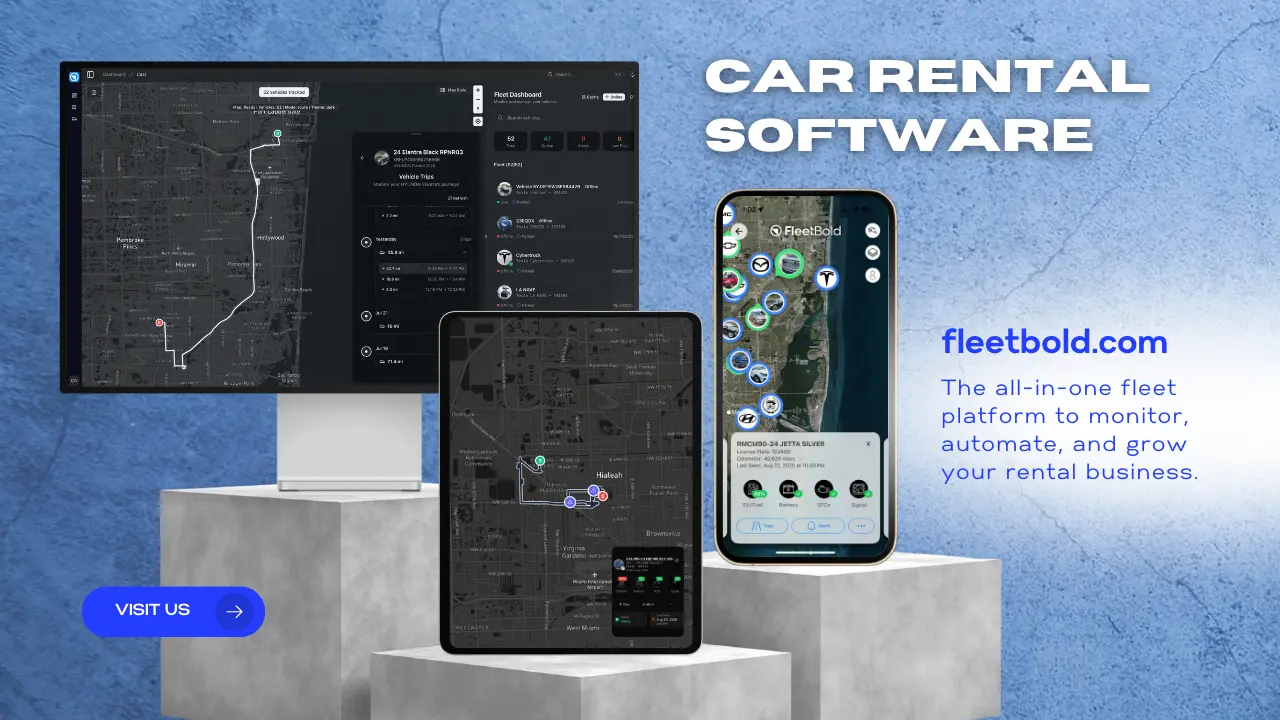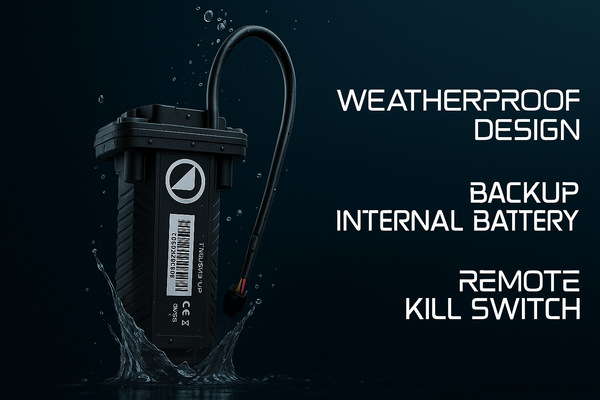Top 10 Mistakes New Turo Hosts Make
New Turo hosts often stumble with pricing, insurance, and guest management. Here are the top 10 mistakes beginners make and how to avoid them to protect your profits.

Introduction
Starting as a Turo host can feel exciting, but also overwhelming. Many beginners underestimate what it takes to succeed and end up losing money or damaging their reputation early on. The truth is, small missteps add up fast whether it’s setting the wrong price, skipping insurance details, or mishandling guests.
In this guide, we’ll go deep into the 10 most common mistakes new Turo hosts make. Each one comes with real-world examples, analysis, and clear strategies to avoid them.
1. Pricing Cars Too Low or Too High
Example: A host in Miami lists their Tesla at $55/day to get more bookings, but ends up losing money after Turo’s fees, cleaning costs, and depreciation.
Analysis:
Undervaluing your car can destroy profitability, while overpricing leaves your car sitting idle. Turo’s algorithm also favors competitively priced listings, meaning hosts who ignore market data may see their cars buried in search results.
Fix:
Use Turo’s pricing tool as a guide but adjust manually. Research competitors in your area, consider seasonality, and calculate your break-even cost per day before finalizing prices.
2. Ignoring Insurance Options
Example: A host skips Turo’s Protection Plan thinking personal insurance is enough then faces a $7,000 repair bill after a guest damages the car.
Analysis:
Insurance is one of the most misunderstood aspects of hosting. Many personal auto policies exclude rentals, leaving hosts exposed. New hosts often assume “it won’t happen to me,” but accidents are one of the biggest risks in this business.
Fix:
Understand Turo’s different protection plans (60, 70, 80, 90), how deductibles work, and when it makes sense to purchase commercial rental insurance.

GPS Tracker for Vehicles OBD2 4G Real-Time Tracking -$8.99/month-
For Vehicles, Cars, Sedan, Trucks, Turo Hosts, Car Rentals & Fleet Operators, Plug&Play, Geo-Fence, Trip History, Smart Alerts. Global Coverage
3. Poor Photo Quality
Example: A host uploads dark garage photos with clutter in the background. Bookings lag because guests don’t trust the listing.
Analysis:
Photos are your storefront. Turo prioritizes high-quality listings, and guests choose visually appealing cars. Poor presentation makes guests think the car isn’t well-maintained.
Fix:
Shoot in natural daylight, use at least 10–15 angles (inside and outside), and highlight unique features like sunroof, leather seats, or touchscreens.
4. Not Screening Guests Properly
Example: A guest with no prior reviews books a host’s luxury BMW. The host skips communication and later finds the car returned with tire damage and smoke odor.
Analysis:
While Turo does ID verification, hosts still need to protect themselves by checking communication tone and behavior. Red flags like vague answers, rushed bookings, or poor communication often lead to issues.
Fix:
Message guests before confirming. Ask about trip purpose and ensure they understand rules (e.g., no smoking, return time).
5. Skipping Maintenance and Inspections
Example: A host neglects to check tire pressure before a trip. Guest has a flat mid-trip, leading to a bad review and a refund request.
Analysis:
Guests expect cars to feel as safe as rentals from Hertz or Enterprise. Skipping pre-trip checks not only leads to breakdowns but also hurts reviews and repeat bookings.
Fix:
Create a checklist for fluids, tires, lights, and cleanliness. Take timestamped photos before every trip for your records.
6. Poor Communication with Guests
Example: A guest messages about late arrival, but the host doesn’t reply for hours. The guest cancels, leaving the host with a penalty.
Analysis:
Communication is one of the main factors in guest satisfaction. Turo even tracks response rates and highlights reliable hosts.
Fix:
Respond within 1 hour whenever possible. Use saved message templates for common scenarios like airport delivery, late returns, or charging instructions.

7. Not Understanding Turo’s Fees and Policies
Example: A new host lists at $100/day, expecting $100. After Turo’s cut, cleaning fees, and taxes, they pocket only ~$65.
Analysis:
Misunderstanding Turo’s commission, cancellation policy, and guest claim system leaves many new hosts frustrated. Knowing the fine print separates hobbyists from real operators.
Fix:
Study Turo’s host agreement, know exactly how payouts work, and calculate profits based on net earnings, not gross.
Quick Reference Table: Turo’s Standard Fee Cuts (Host Take-Home %)
| Protection Plan | Host Take-Home % | Deductible | Who Pays for Damage? |
|---|---|---|---|
| 60 Plan | 60% | $0 | Turo covers all |
| 70 Plan | 70% | $250 | Shared with host |
| 80 Plan | 80% | $750 | Shared with host |
| 90 Plan | 90% | $2,500 | Mostly on host |
8. Not Accounting for Depreciation and Wear
Example: A host lists their new Toyota Camry 25 days a month without realizing the extra miles reduce resale value by thousands.
Analysis:
Many new hosts focus on daily profits without factoring in long-term costs. Depreciation, mileage, and wear on brakes/tires eat into ROI.
Fix:
Track mileage added per trip, schedule maintenance, and calculate net income after wear-and-tear costs.
9. Failing to Set Clear Rules
Example: A guest takes a car to a music festival, returns it muddy inside and out. Host complains but had no “no off-road/no festival use” rule in listing.
Analysis:
Unclear rules lead to disputes. Turo sides with hosts only if rules are listed in the car profile and documented with guest messages.
Fix:
Add clear rules in your listing: no smoking, no pets, charging instructions, cleaning expectations, mileage limits.
10. Not Leveraging Technology and Automation
Example: A host manages multiple cars manually, forgetting mileage checks and late returns. Guests exploit the lack of structure.
Analysis:
Scaling requires automation. Without alerts, GPS, or tracking, hosts risk fraud, missed claims, and unprofitable trips.
Fix:
Use apps like FleetBold for GPS integration, booking sync, and automated alerts for late returns, low battery, or excess mileage.
Conclusion
Every new Turo host makes mistakes, but the successful ones learn quickly and adapt. By avoiding these 10 pitfalls pricing errors, poor communication, weak insurance understanding, and lack of preparation you’ll set yourself up for steady profits and long-term success.
The difference between struggling hosts and Power Hosts isn’t luck. It’s preparation.
FAQs
1. What’s the biggest mistake Turo hosts make?
Pricing too low or skipping insurance are two of the most common pitfalls that cut directly into profits.
2. Do hosts really need Turo’s insurance?
Yes. Most personal policies exclude rentals, and without Turo’s coverage, you’re exposed to high repair costs.
3. How do I get more bookings on Turo?
High-quality photos, competitive pricing, quick communication, and consistent reviews help boost search ranking.
4. Is hosting on Turo worth it long-term?
Yes, if you treat it like a business, track expenses, and avoid the mistakes listed above.
5. How do experienced hosts manage multiple cars?
They rely on tools for automation, GPS integration, and smart alerts to handle fleets efficiently.
Keep Learning
If you found this guide helpful, check out our related deep dive:
👉 Top 7 Mistakes Tesla Turo Hosts Make (and How to Avoid Them)






